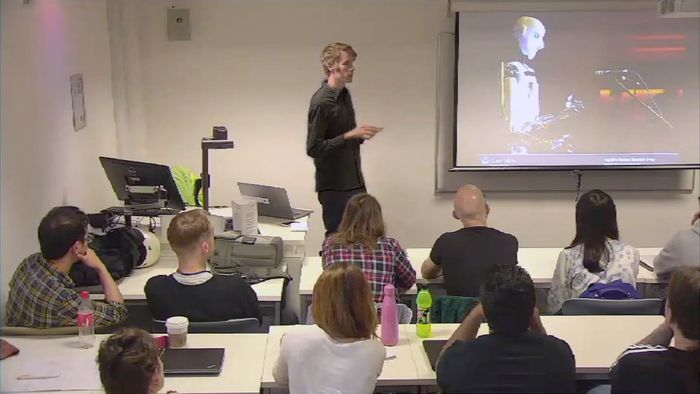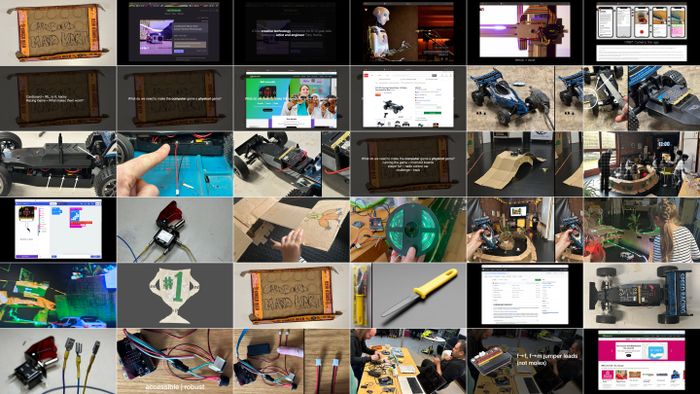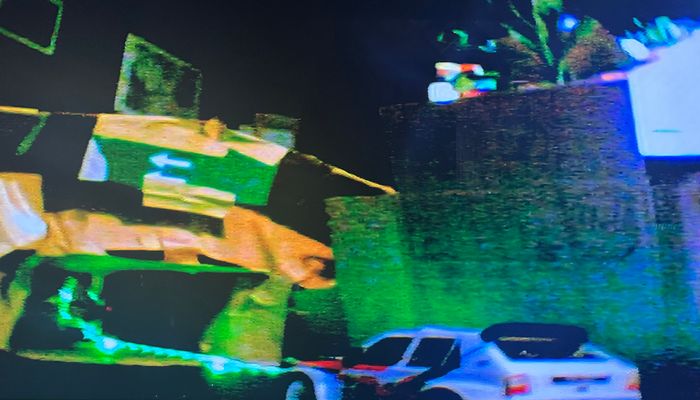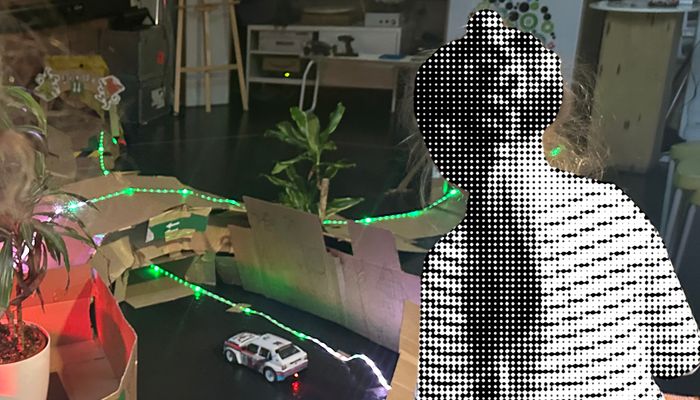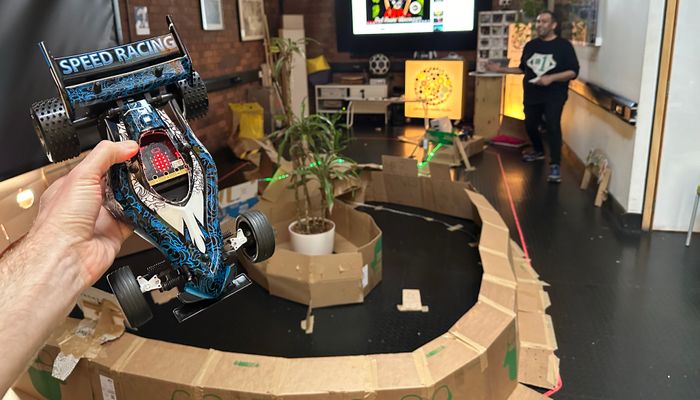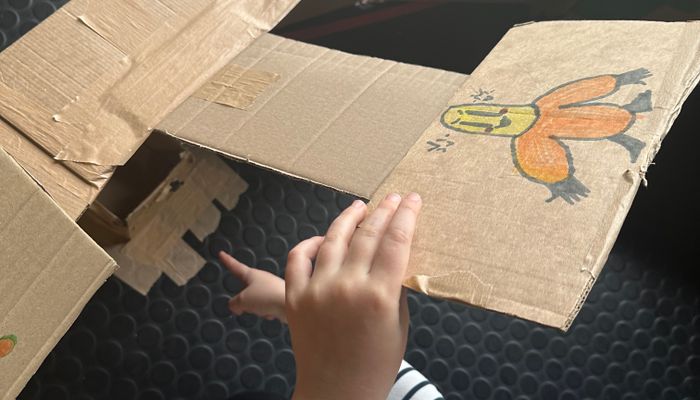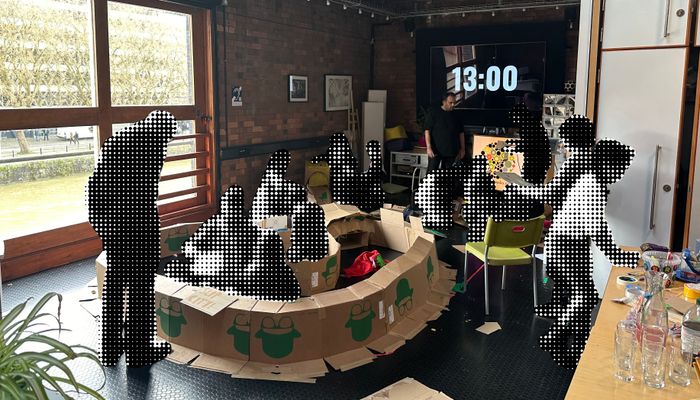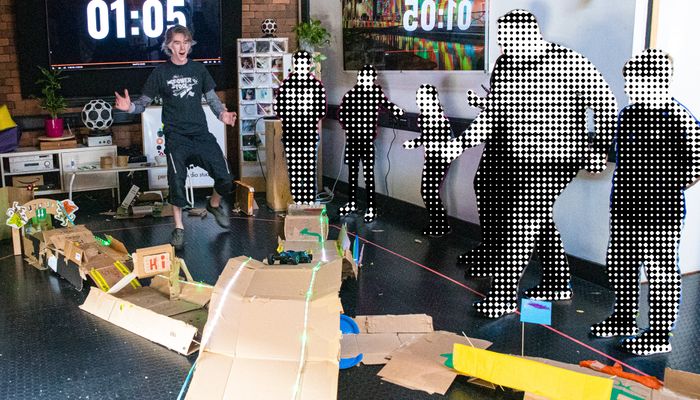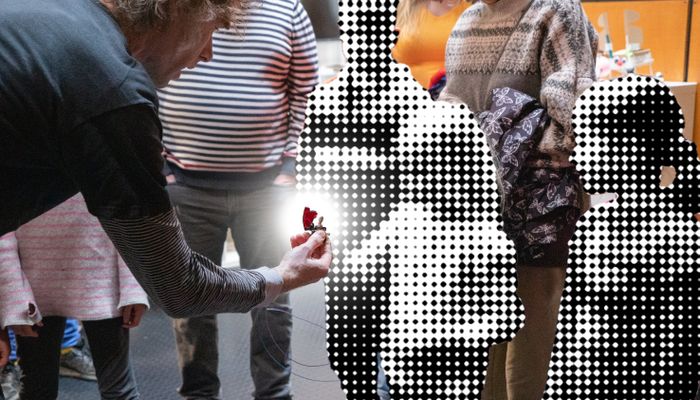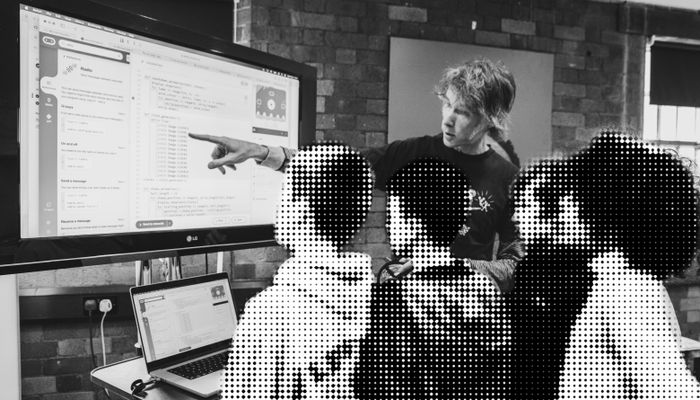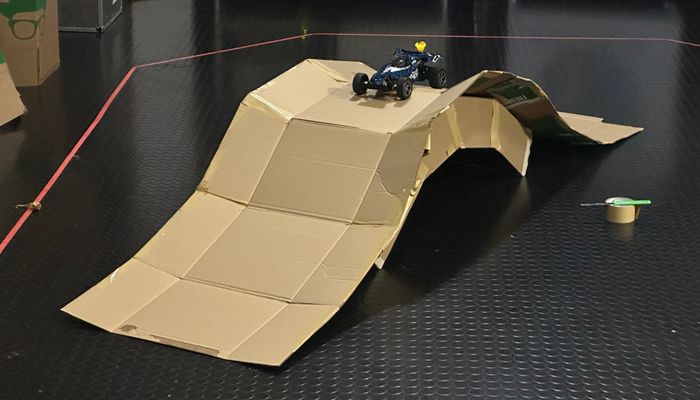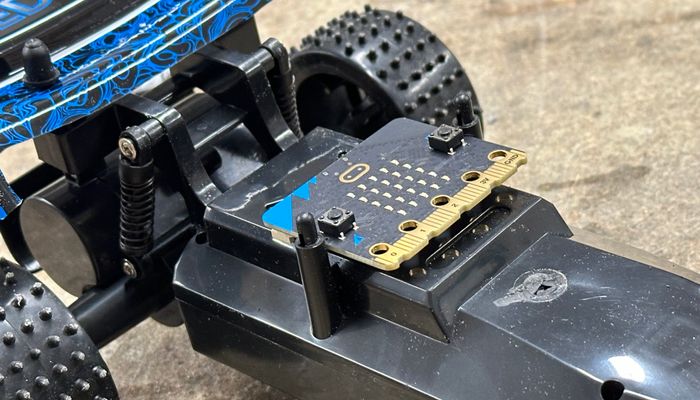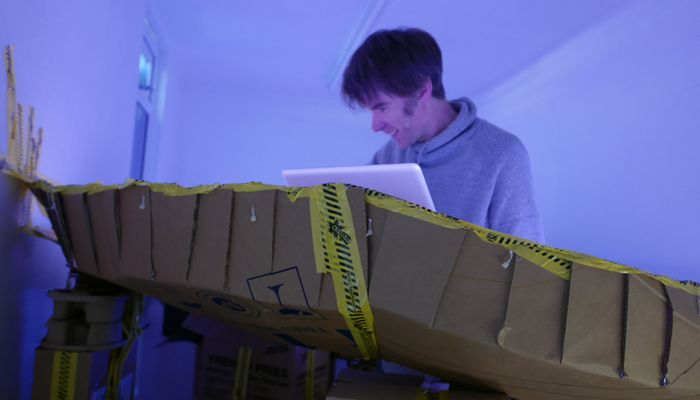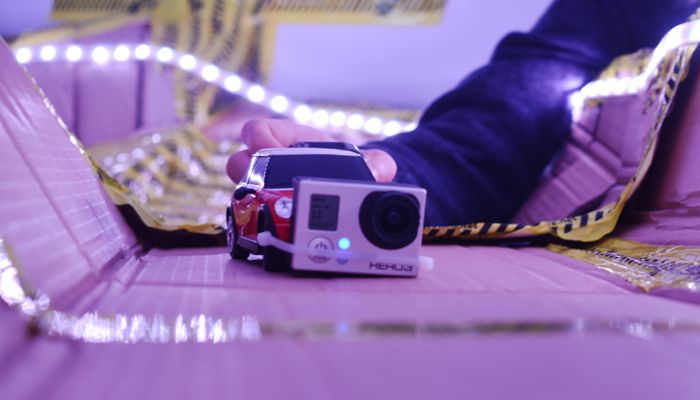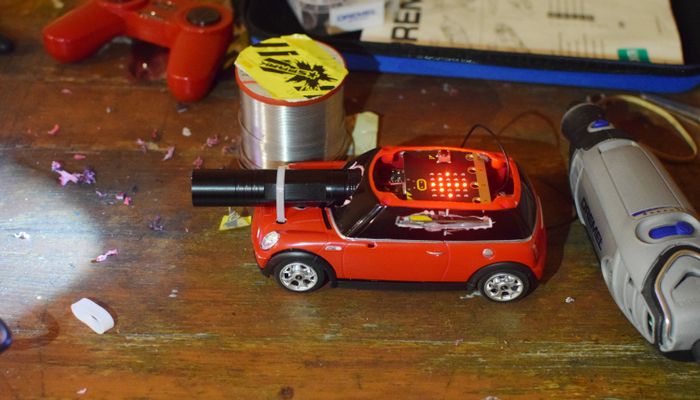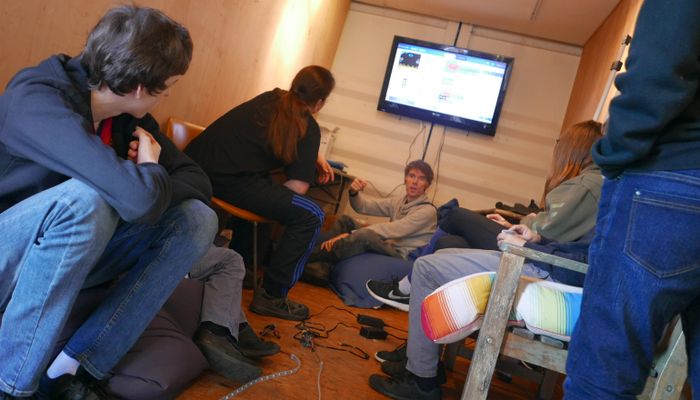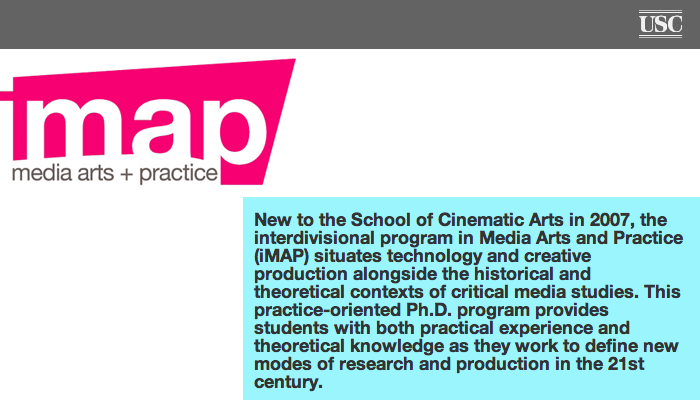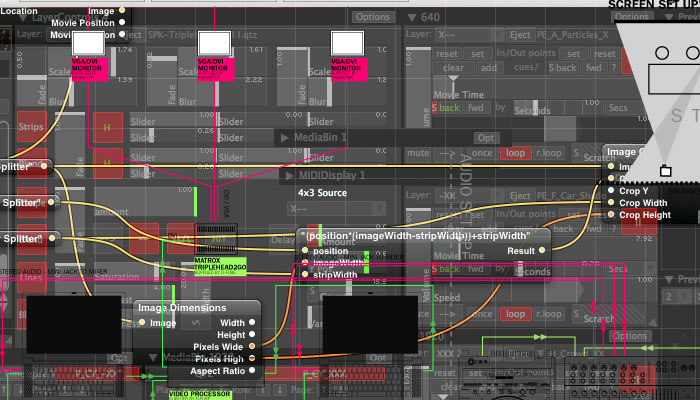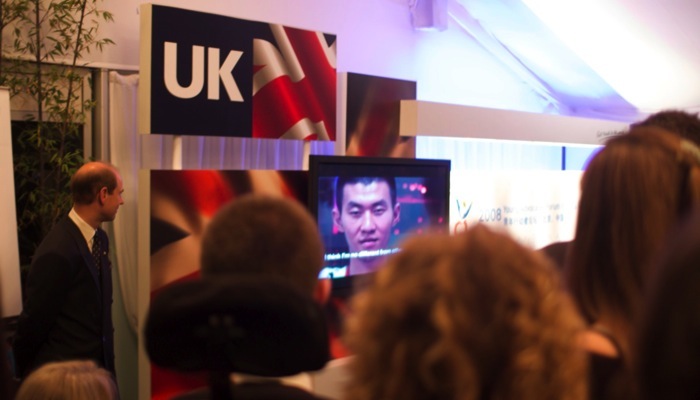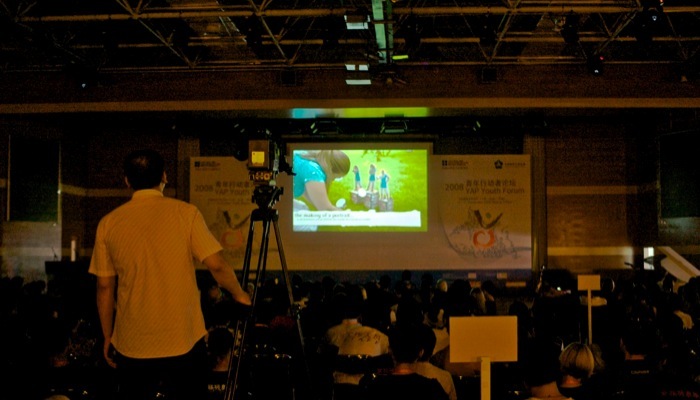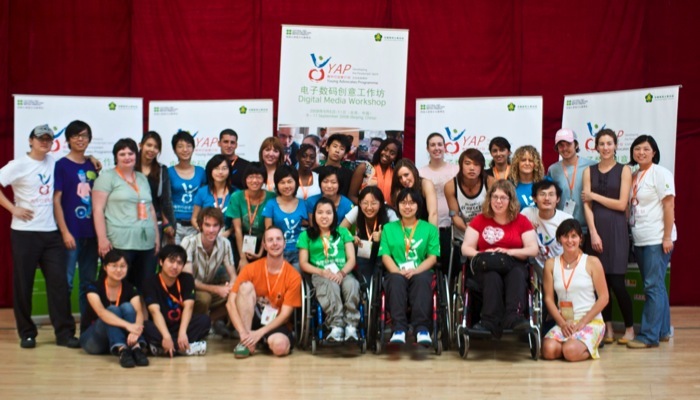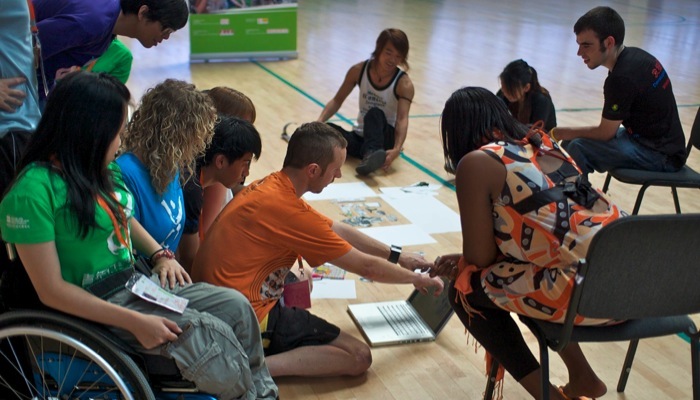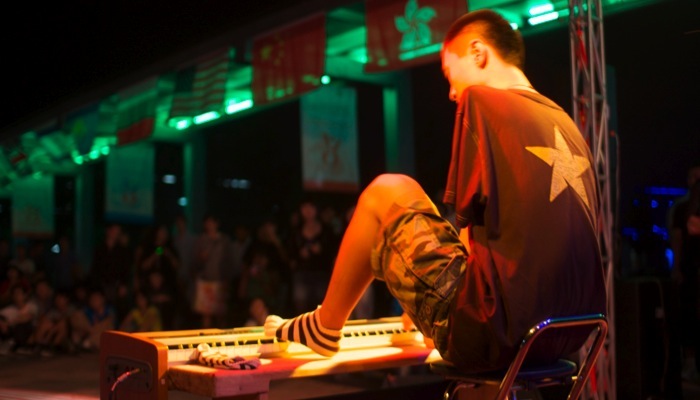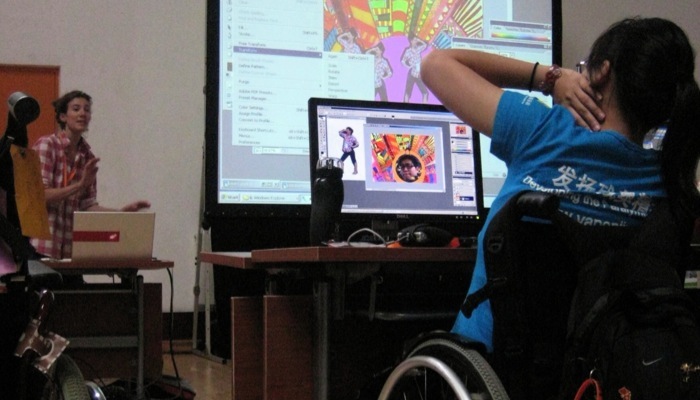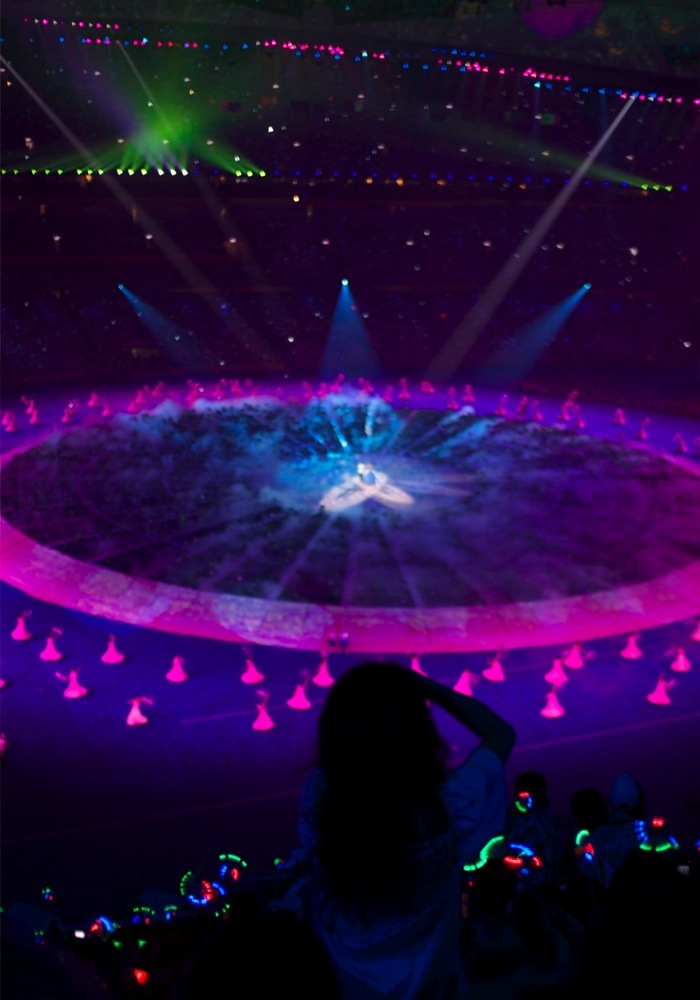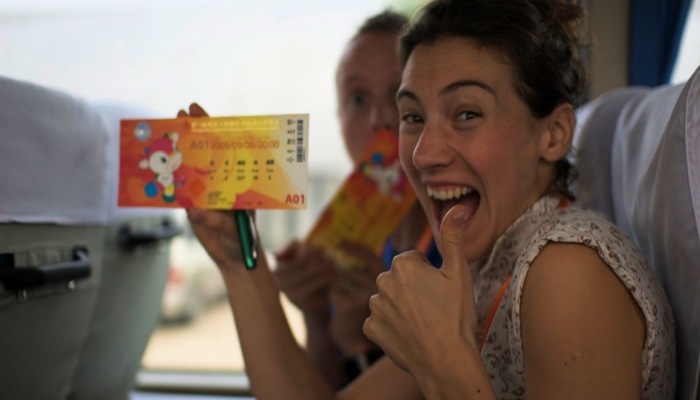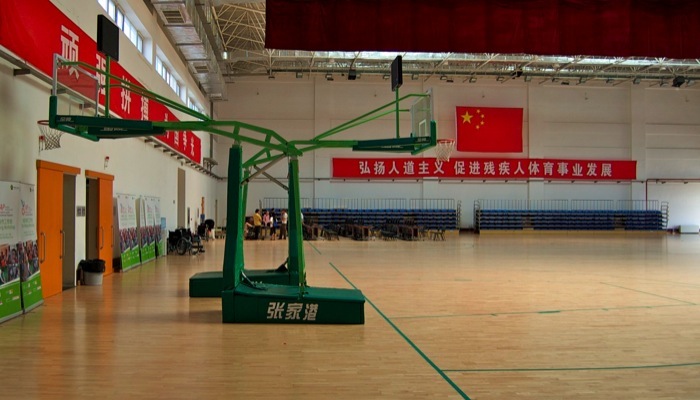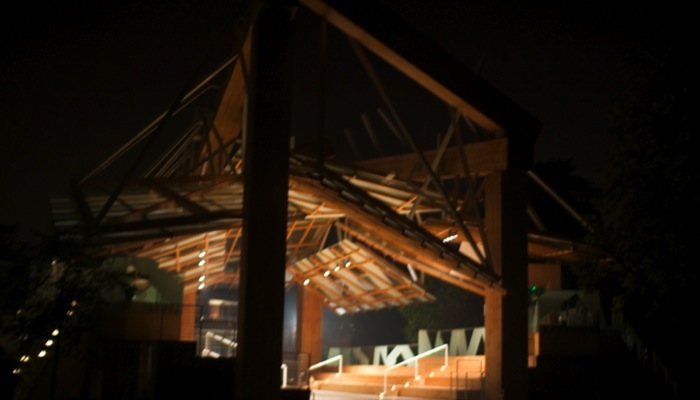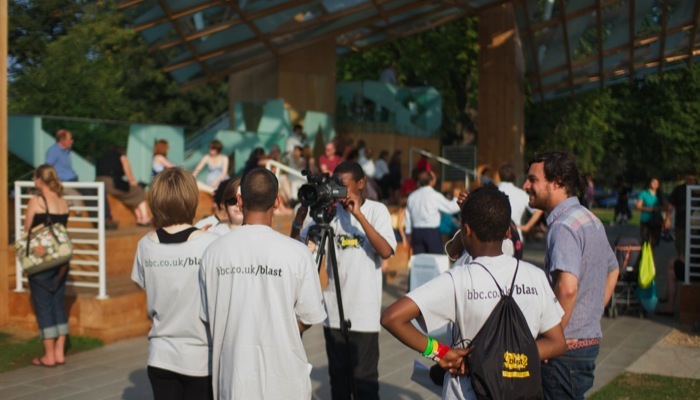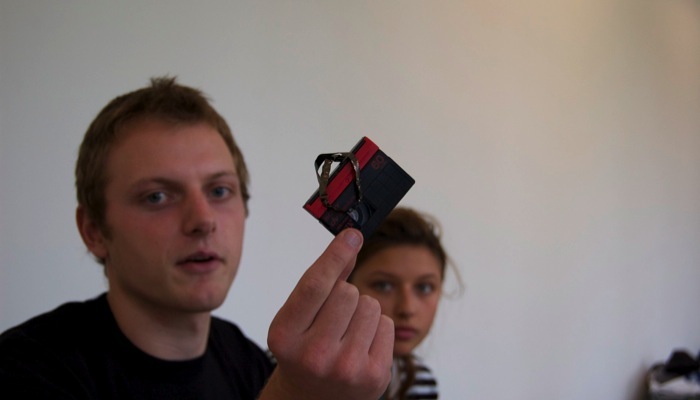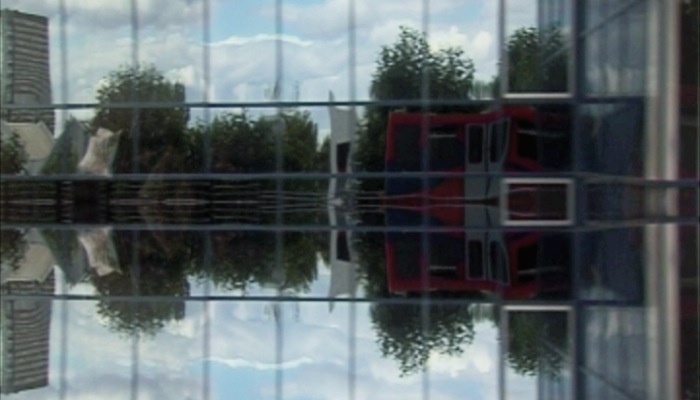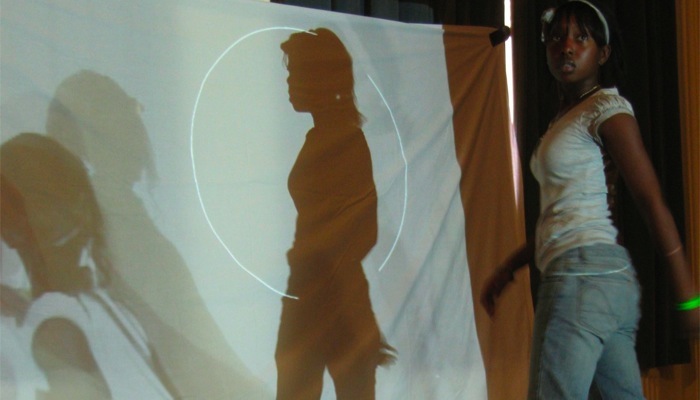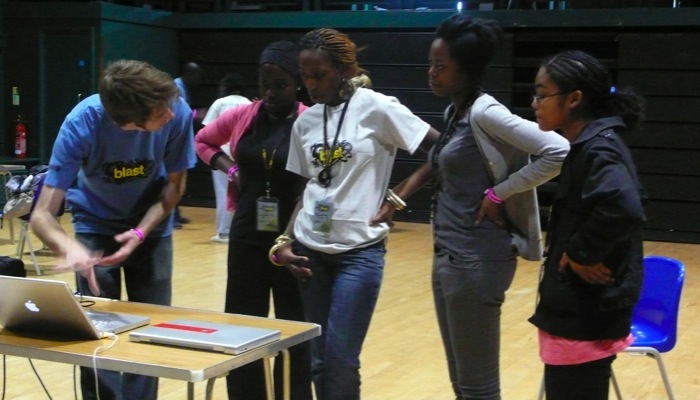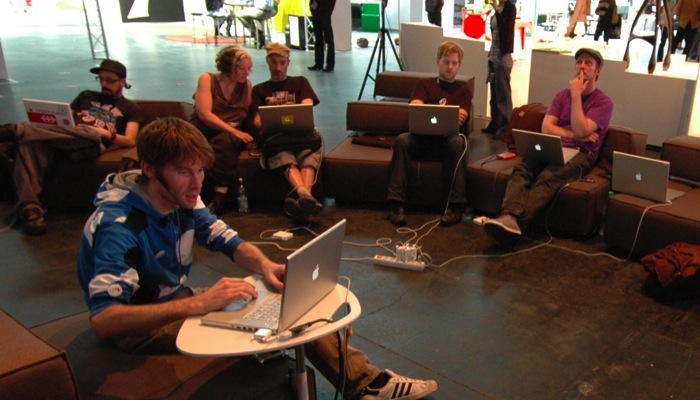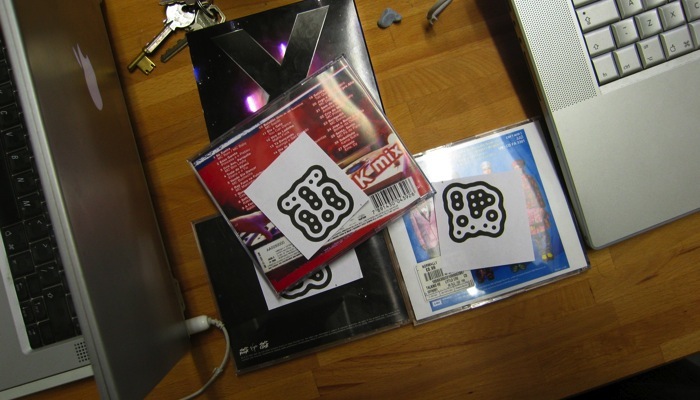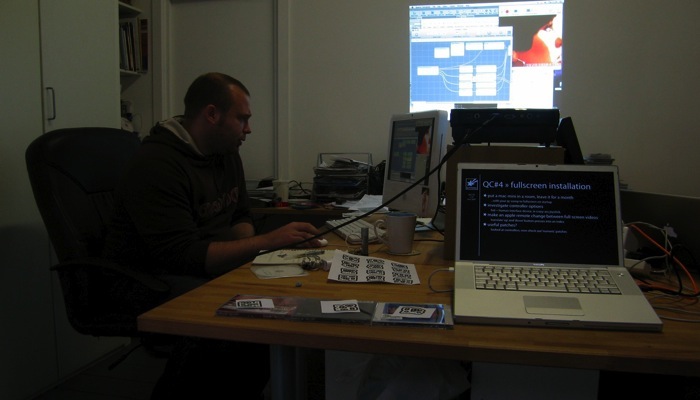The PhD scholarship I got had some perks before starting the research process. For instance, a six-month internship, and offers of courses across Queen Mary. One of those in particular led to a lightbulb moment for me, and it informed much of my PhD. In a bid to pay this forward I taught this course on completing my PhD, for the 2017/8 academic year.
Design for Human Interaction
Technology has the potential to transform human communication. It changes not just where and when we communicate it also changes how we communicate. If we understand the basic mechanisms that underpin effective communication we can develop technologies that enable richer, more expressive forms of human-interaction. This research led course explores these issues by introducing the social science of human interaction. We explore how we can use this to understand how people use new communication technologies – such as video conferencing, facebook, twitter, virtual environments – and their impact on human interaction. The course covers interaction at a range of scales from face-to-face conversations through to the social dynamics of live audiences. In each case we explore how people exploit the communicative resources available to them, such as speech, gesture, touch and body orientation and then ask how we could augment these resources to enable more effective and engaging interactions.
The course isn’t trivial. Conceived by my PhD supervisor Pat Healey, it’s research-based, with a hard commitment to the idea that to design for something, you have to understand it first. This sounds fine, until the other hard commitment: as people as much as researchers, we can only rely on what’s externally manifest. That scrubs out most design thinking I’d known – no ascribing intent here. That there were methodologically secure ways to design that sensitively address human needs while in effect treating people as unknowable black boxes was a revelation to me.
Convening this course isn’t trivial either. The institutional expectations of the students are diverse: they’re drawn from Psychology and Computer Science, span final year undergrad and postgrad, plus PhD candidates audit. The methodological commitments of ethnomethodology and psycholinguistics are clearly counter to the students expectations, whether from a design background (me), or having taken the interaction design path through CompSci. Same for the Psychology students, though I have less visibility there.
- 12 Lectures
- 60+ Students
- 3 Courseworks
- 1 Exam
- OLE, administration, pastoral, etc.
Image taken from the Online Learning Environment’s lecture recording. I’m talking about how designing for human interaction can involve programming a robot to interact socially, i.e. have the nuance to deliver jokes to a live audience.
See also: teaching diary posts, talk diary posts.
For posterity here’s the main coursework brief I set. It marks the period, when social VR could in principle be no different to interacting face-to-face, but the limitations of the nascent technologies provide many a wrinkle –
Human-human interaction in facebook spaces
Introduction
The world's largest social network launched a 'social VR' platform this year, tagged 'VR is better with friends'. You are to apply the learnings of this module to identify and critique the ways in which facebook spaces supports human interaction.
Marketing page for facebook spaces: https://www.facebook.com/spaces
As VR equipment is not widespread, your primary source will be video documentation rather than first-hand experience. The main document is a demonstration video created by Ars Technica as part of their coverage of the launch. You may choose to draw on other materials, such as other videos of facebook spaces in use, or reports of the technical capabilities of the supporting VR hardware (Oculus Rift CV1).
The video is part of this article – https://arstechnica.co.uk/gaming/2017/04/facebooks-first-vr-app-surprises-lets-us-collaborate-and-be-juvenile/
The video has been extracted from the article and is available to download – https://www.dropbox.com/s/6u1m3fn3sx7a7ou/Facebook%20Spaces%20-%20A%20social%20VR%20demo%20-%20Ars%20Technica.mp4
Note 1: a pertinent specification of the VR hardware is field-of-view. There does not seem to be any official documentation; various sources say c. 110°, an authoritative source appears to be http://doc-ok.org/?p=1414
Note 2: the Ars Technica video contains some crass content. I would prefer to set a video without. While searching for a useful exploration of the technology for our analysis, I chose this nonetheless as of the videos I found, this felt the least staged (i.e. natural dialogue, frank appraisal). If you wish to base your analysis on another video, you may do so.
Task
Provide a write-up of no more than 1,750 words, comprising three sections, as follows.
1. Describe the salient features that facilitate joint activities for people using facebook spaces. Start with two people present (i.e. 00:35 in the Ars Technica video; ignore any joining/leaving procedures). To get you started, and in no particular order, you will want to cover: mouth animation, shared space, infographic above avatar, etc. Use annotated screenshots and refer to timecode as necessary.
2. Compare these features to being really co-present, i.e. face-to-face. You will want to consider i. what cues of interaction are possible in facebook spaces that are not possible face-to-face, ii. what cues of interaction are not possible in facebook spaces that are possible face-to-face, iii. whether facebook spaces might limit or mis-represent cues of interaction that, prima facie, are equivalent in both.
3. Consider Clark and Brennan's argument that grounding changes with the medium, an except of which follows.
By the principle of least collaborative effort, people should try to ground with as little combined effort as needed. But what takes effort changes dramatically with the communication medium. The techniques available in one medium may not be available in another, and even when a technique is available, it may cost more in one medium than in the other. Our prediction is straightforward: People should ground with those techniques available in a medium that lead to the least collaborative effort.
— Clark and Brennan (1991, p140)
Based upon your comparison of features in the previous section, provide an analysis of one of their 'Costs of Grounding' for this implementation of social VR (e.g. start-up costs; speaker change costs; display costs, etc.)
Note: you have limited words and time. The key word in this assignment is salient. Focus your write-up on analysing a few features well; identify what is interesting, rather than aiming to be exhaustive.
Note: submit in PDF format. This will preserve your layout, diagrams and formatting generally.
References
H. H. Clark and S. E. Brennan, “Grounding in communication,” in Perspectives on socially shared cognition, L. B. Resnick, J. M. Levine, and S. D. Teasley, Eds. American Psychological Association, 1991, pp. 127–149.

